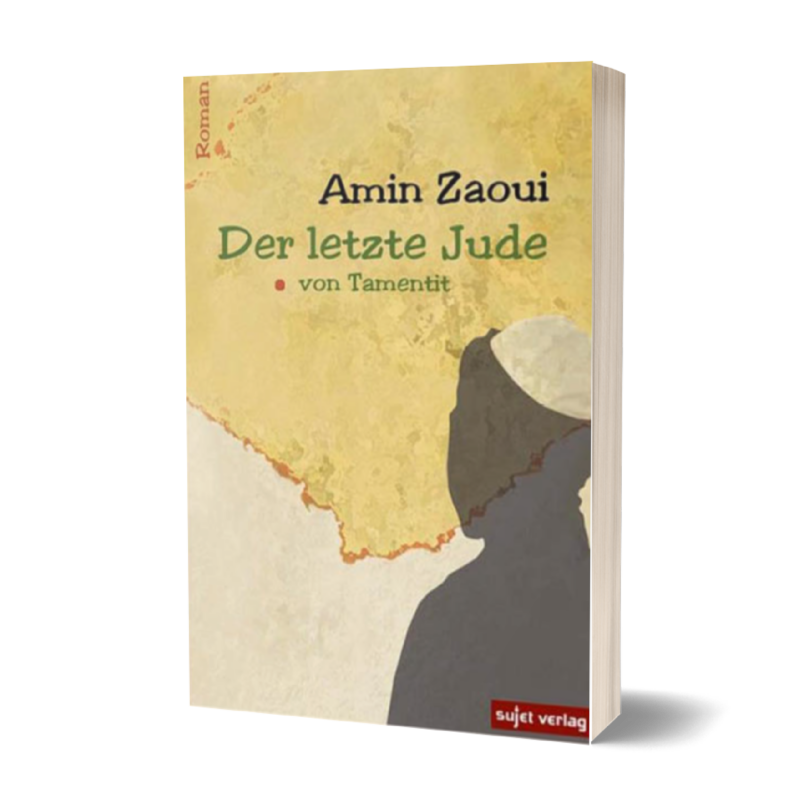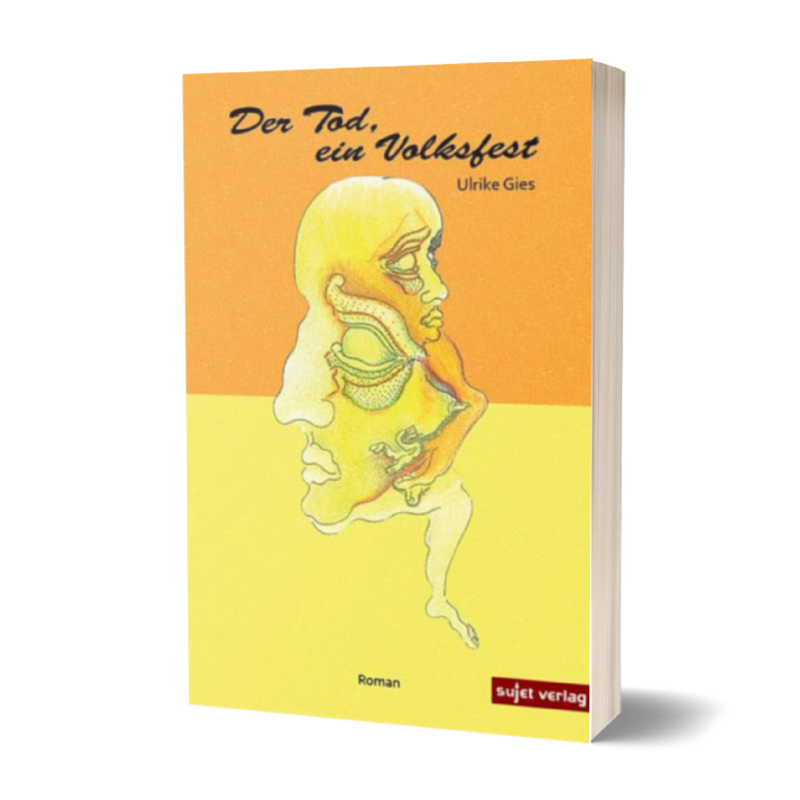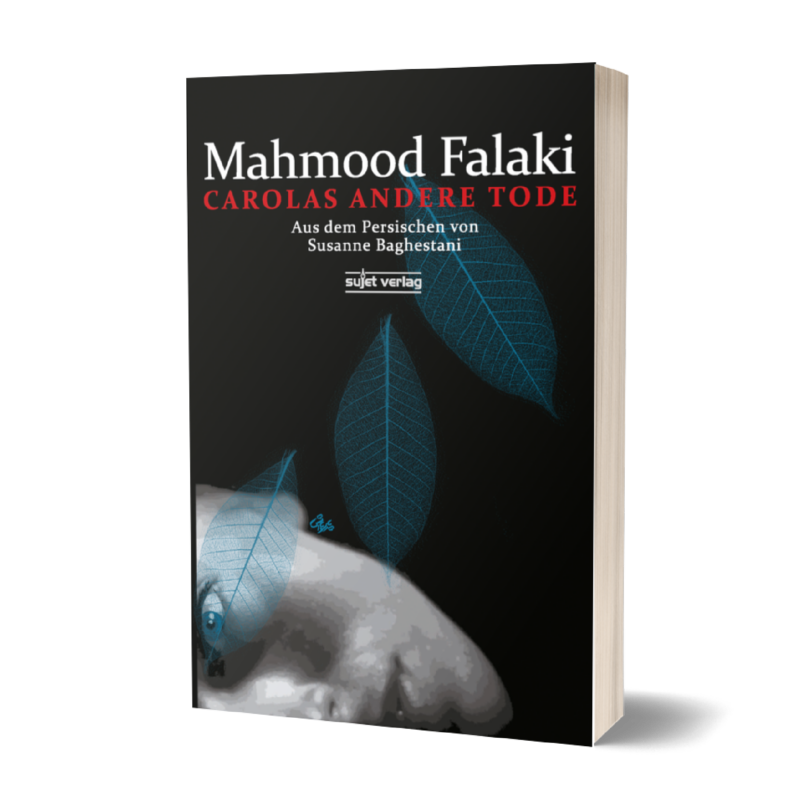Description
Introduction by Inge Buck at the book premiere of "Then we were expected on earth":
We young lives
you old death
fly on top of each other
too advertised
With this motto from Rose foreigner Ulrike Gies opens her reflections on Walter Benjamin's life and death and his work, whereby the starting point of her reflections is seen from the end: from the search for a grave site near the Spanish town of Portbou.
Ulrike Gies, born in Dortmund in 1953, studied sociology, journalism and philosophy in Münster, she lived and wrote in Berlin, now in Bremen for a long time, she publishes short prose, poems and novels, most recently the two titles Death, a folk festival and Cookbook of the Dead.
With her work on Walter Benjamin, the author does not intend to write a traditional biography, not a classic literary-theoretical or literary-scientific analysis - despite the extensive list of literature in the appendix. Rather, she approaches her subject in a courting, circling, meandering manner in the form of a multi-perspective narrative. "Benjamin Reading" she writes, "means wondering, recognizing, asking, reveling, kneeling."
The reader of her work is asked to form an inner and outer picture of Walter Benjamin's life and writing from the associatively assembled found objects and splinters. Roughly in the sense of the French writer Francis Ponge when he writes: "So it is solely the reader who makes the book, himself by reading it."
Walter Benjamin, born in Berlin in 1892, committed suicide in 1942 while attempting to flee to the USA on the French-Spanish border, "was a philosopher' writes Gershom Scholem, with whom he had a lifelong friendship, 'outwardly he wrote mostly about subjects of literature and art, often also about phenomena at the boundary between literature and politics. But what moved him in all of this is the experience of the philosopher.”
Ulrike Gies' view of the life and work of Walter Benjamin is not primarily aimed at the theoretical analysis of his philosophical and cultural-critical works - the collected writings comprise 7 volumes with over 2000 pages - but rather the living conditions and life impossibilities that are hidden behind the work or preceded it: for example his job at the Bibliothèque Nationale in Paris or a Paul Klee painting of an angel that Benjamin owned, his lack of money, his drug use or his relationships with women.
In letters and imaginary conversations with Anna – with Annemarie Blaupot ten Cate, the Dutch painter Benjamin met on Ibiza, his only love about whom he writes – Ulrike Gies empathetically approaches Benjamin’s inner and outer image in literary reflections and impressions .
And Ulrike Gies is always concerned with writing. She deals in particular with Benjamin's technique of the writer in thirteen theses, with the writing tool, with the place of writing, with the relationship between form and content. And with writing as a way of life and survival. Benjamin "Don't let any thought pass you incognito and keep your notebook as strict as the authorities keep the alien register. Never stop writing.”
In biographical overlays on childhood, physicality or unfitness for war, on his inability to gain a foothold anywhere, or on the suicide of his friend Heinle and his fiancé, the author uses ever new approaches to circle the motif of suicide, which runs through Benjamin's entire life." With death he shared his loneliness".
The book is about illuminating blind spots, about the borders of life and death, about the perspective on the drama of the escape across the Spanish border: The Spanish border guards saw that Benjamin had killed himself, they were so shocked that they let Benjamin's companions into the country, and they also made it to Portugal and from there to the USA. So Benjamin's death saved lives.”
With the topics of flight and exile, the publication by Ulrike Gies about Walter Benjamin is part of the program of the Bremer Sujet Verlag with the topic of internal and external migration, most recently with the "Small Book of Migration" by Pedro Kadivar, an essay on the meaning of Migration in the history of art and literature.
Ulrike Gies, the border crosser, dared to add another subjective work to the wealth of Benjamin biographies, interpretations and appreciations from her perspective as a writer. With her book "The Laboratory Walter Benjamin" she opens up an unusual approach to the connection between life and work and at the same time draws the reader's attention to reading Benjamin again.







Reviews
There are no reviews yet.